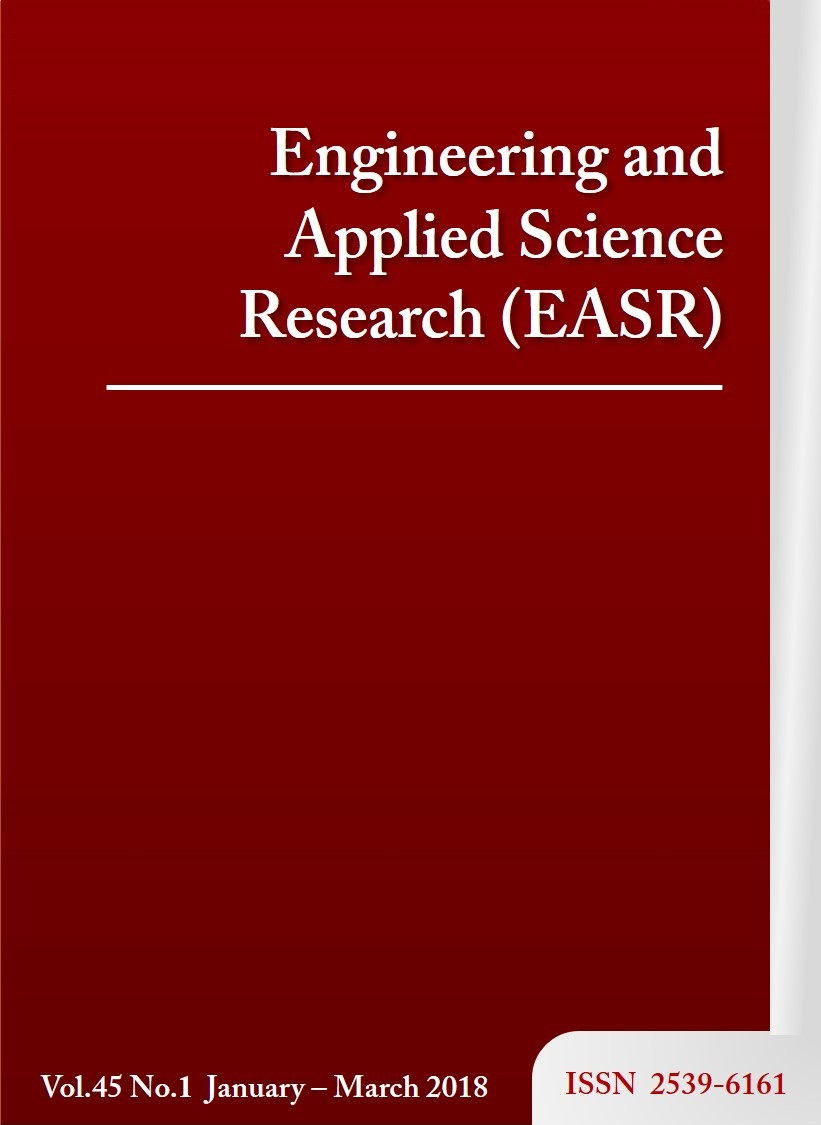Stormwater runoff quality in Malabe, Sri Lanka
Main Article Content
Abstract
Stormwater runoff is the primary nonpoint source that pollutes all water resources. Stormwater pollution at a sewage outfall is a mixture of different kinds and strengths of pollutants from different surfaces. It is essential to understand typical pollutants from each of several impervious surfaces of a specific suburbanized area in order to properly analyze and design water quality improvement systems. Two types of impervious surfaces, roads and pavement, of two catchments in northern and southern Malabe, a western suburb of Colombo, were studied to determine the physicochemical characteristics of their stormwater runoff pollutants. For each surface type from each catchment, the first flush was sampled using a sheetflow technique. Five pollution paramters, i.e., pH, turbidity, colour, electrical conductivity (EC), and nitrate content, were analyzed and compared with that of the rain water. The pavement surfaces showed higher values of turbidity, colour, and nitrate, while EC was higher for road surfaces. The turbidity and colour values were higher in the northern catchment than that in the southern one while EC values were opposite. The nitrate concentration values of pavements were consistently higher than that of the roads for both catchments, which were not much higher than that of rain water. The pH value was consistently neutral for both surface types while rain water was slightly acidic.
Article Details
This work is licensed under a Creative Commons Attribution-NonCommercial-NoDerivatives 4.0 International License.
References
Chanan A, Vigneswaran S, Kandasamy J. Valuing stormwater, rainwater and wastewater in the soft path for water management: Australian case studies. Water Science & Technology 2010:62(12):2854-2861.
Barbosa AE, Fernandes JN, David LM. Key issues for sustainable urban stormwater management. Water Research 2012:46(20):6787-6798.
Harbor JM, Jonathan M. A practical method for estimating the impact of land-use change on surface runoff, groundwater recharge and wetland hydrology. Journal of the American Planning Association 1994:60(1):95-108.
Alley WM, Veenhuis JE. Effective impervious area in urban runoff modeling. Journal of Hydraulic Engineering 1983:109(2):313-319.
Environmental Protection Agency. Stormwater management for construction activities. EPA 832-R-92-005, Environmental Protection Agency, Washington DC, USA, 1992.
Gong Y, Liang X, Li X, Li J, Fang, X, Song R. Influence of rainfall characteristics on total suspended solids in urban runoff: A case study in Beijing, China. Water 2016:8(7):278-301.
Goonetillekea A, Thomas E, Ginn S, Gilbert D. Understanding the role of land use in urban stormwater quality management. Journal of Environmental Management 2005:74(1):31-42.
Rathnayake US, Tanyimboh TT. Integrated optimal control of urban sewer systems. Proceedings of the World Congress on Water, Climate and Energy, Dublin, Ireland, 2012.
Nagasinghe IU, Weerakon WMLP, Miguntanna NS. Identification the quality of stormwater wash off in different urban land uses. 4th International Research Symposium on Engineering Advancements (RSEA-2015), Malabe, Sri Lanka, 2015.
Schiff KC, Tiefenthaler LL, Bay SM, Greenstein DJ. Effects of rainfall intensity and duration on the first flush from parking lots. Water 2016:8(8):320-329.
CEA. Proposed ambient water quality standards for inland waters Sri Lanka, Central Environment Authority (CEA), Sri Lanka, 2001.



